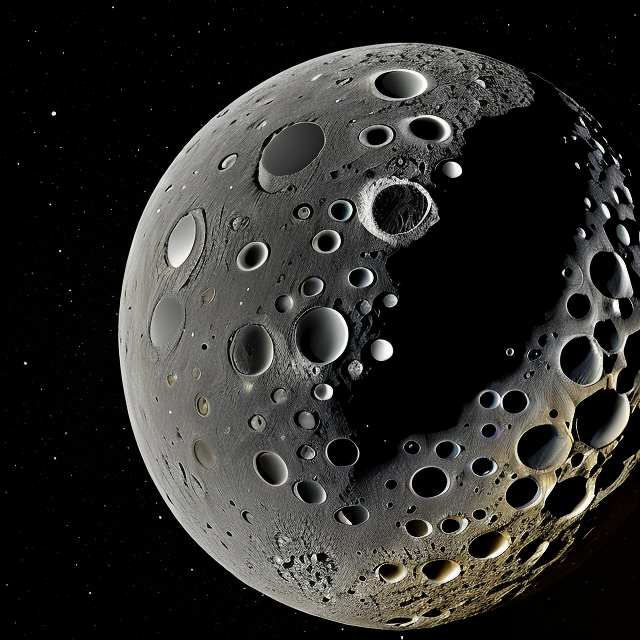|
|
Space Astro
|
Info for exoplanet "Melia"
| Scientific (actual) data |
|---|
| Planet | Kepler-20 b |
| Planet status | Confirmed |
| Planet mass | 0.03052 |
| Radius | 0.167 |
| Orbital period | 3.69612 |
| Semi major axis | 0.0463 |
| Orbit eccentricity | 0.03 |
| Inclination | 87.355 |
| Angular distance | 0.000156 |
| Discovered | 2011 |
| Updated | 2021-02-05 |
| Tconj | 2454970 |
| Tzero tr | 2454970 |
| K | 4.2 |
| Temperature (kelvin) | 1105 |
| Publication | Published in a refereed paper |
| Detection type | Primary Transit |
| Mass detection type | Radial Velocity |
| Radius detection type | Primary Transit |
| Alternate names | 2MASS J19104752+4220194 b, K00070.02, KIC 6850504 b, KOI-70 b, KOI-70.02, Kepler-20 A b, WISE J191047.52+422019.0 b |
| Star name | Kepler-20 |
| Right ascension | 287.7° |
| Declination | 42.34° |
| Mag v | 12.5 |
| Mag j | 11.252 |
| Mag h | 10.91 |
| Star distance | 284.88 |
| Star metallicity | 0.07 |
| Star mass | 0.95 |
| Star radius | 0.96 |
| Star sp type | G8 |
| Star age | 7.6 |
| Star temperature | 5495 |
| Star alternate names | 2MASS J19104752+4220194, KIC 6850504, KOI-70, Kepler-20 A, WISE J191047.52+422019.0 |
| Wikipedia article | Kepler-20 b |
Back
| |
| Fictional info (?) |
|---|
| Suggested name | Melia |
| Planet type | Small hot gas planet |
| It is the second-brightest natural object in the night sky after Hervi, reaching an apparent magnitude of -5 - bright enough to cast shadows at night and, sometimes, visible to the naked eye in broad daylight.
It is the coldest planetary atmosphere in its solar system, with a minimum temperature of 60°K (-213°C), and has a complex, layered cloud structure with nitrogen thought to make up the lowest clouds, and ethane the uppermost layer of clouds. This planet is named after the deity Melia, the spirit of love and beauty.
Because of its fast rotation, the planet's shape is that of an oblate spheroid (it has a slight but noticeable bulge around the equator). |
| Atmosphere | Ethane | 64% |
| Nitrogen | 35% |
| Atmospheric pressure | 1.3 bar |
 |
| No known satellites |
| Google search for Melia |
|
Website by Joachim Michaelis
|
|
|
|